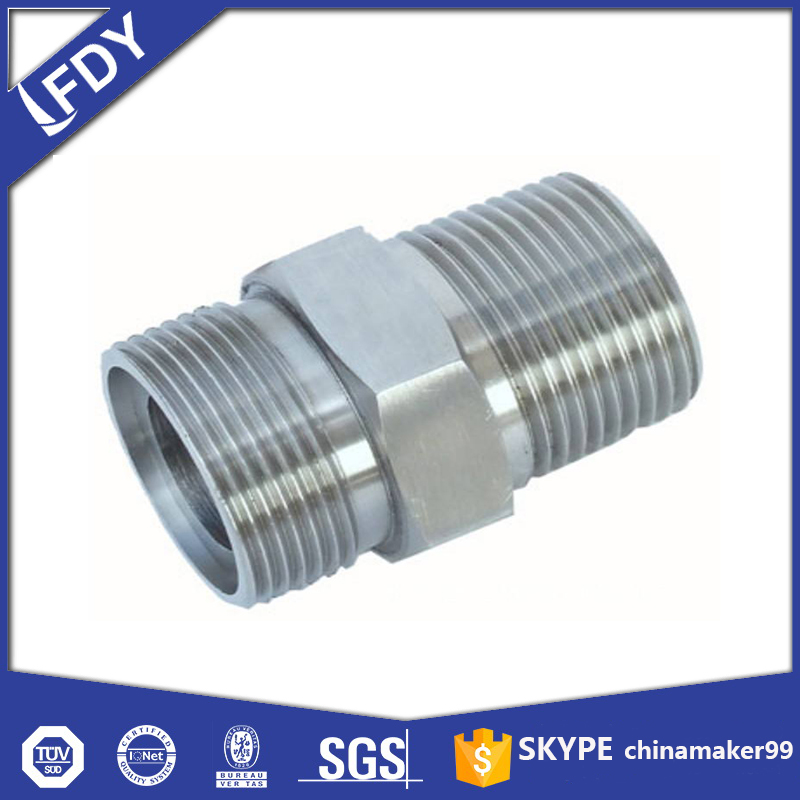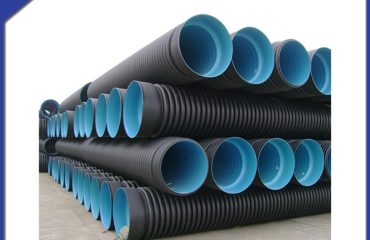
A hex nipple is a critical component in piping systems, known for its unique design and functional role. This short length of pipe features male threads on both ends and a hexagonal section in the middle, making it easy to grip and tighten with a wrench. Its compact size and versatile nature make it a staple in various industrial, commercial, and residential applications.
Design and Structure
The defining feature of a hex nipple is its hexagonal center, which sets it apart from other nipple types. This hexagonal shape provides a secure grip during installation, allowing for precise torque application without slipping. The male threads on either end are typically cut to standard specifications, ensuring compatibility with a wide range of pipes, fittings, and valves.
Hex nipples come in various lengths, from very short (often called “close nipples”) where the threads almost meet, to longer versions that create space between connected components. The thread size can vary too, matching common pipe diameters to ensure a tight, leak-proof seal when properly installed.
Material Options
Manufacturers produce hex nipples from several materials, each suited to specific environments. Carbon steel is a popular choice for general-purpose use, offering strength and durability at an affordable cost. It works well in low-corrosion settings like water supply lines or industrial machinery.
Stainless steel hex nipples excel in corrosive environments, such as chemical processing plants, marine systems, or food-grade applications. Their resistance to rust and oxidation ensures longevity even when exposed to moisture or harsh substances. For high-temperature applications, alloys like brass or copper are used, as they maintain their integrity under extreme heat.
Applications Across Industries
Hex nipples find use in diverse sectors due to their adaptability. In plumbing systems, they connect pipes of the same diameter, bridge gaps between fittings, or adapt between different thread types. Their compact size makes them ideal for tight spaces where larger fittings won’t fit.
In industrial settings, hex nipples are integral to hydraulic and pneumatic systems, linking pumps, valves, and cylinders. They’re also used in heating and cooling systems, connecting radiators, boilers, and ductwork components. In agricultural applications, they help assemble irrigation systems, ensuring water flows efficiently through pipes and sprinklers.
Installation and Maintenance
Installing a hex nipple requires proper tools and technique. Using a wrench on the hexagonal section prevents damage to the threads, ensuring a secure fit. It’s important to apply thread sealant or tape to the threads before installation to prevent leaks, especially in fluid or gas systems.
Regular maintenance involves checking for signs of wear, corrosion, or leaks. Over time, vibrations or temperature changes can loosen connections, so periodic tightening may be necessary. Replacing a hex nipple is straightforward, as its standardized design allows for easy removal and replacement without altering the rest of the piping system.
Advantages of Hex Nipples
The hexagonal design offers distinct advantages over other nipple types. The ability to apply precise torque reduces the risk of over-tightening, which can damage threads, or under-tightening, which leads to leaks. Their compact size makes them suitable for confined spaces where maneuverability is limited.
Additionally, their compatibility with standard threads ensures they can be used with existing piping systems, reducing the need for custom fittings. This versatility, combined with their durability, makes hex nipples a cost-effective solution for many piping needs.
In summary, hex nipples are essential fittings that play a vital role in connecting and stabilizing piping systems across various industries. Their unique design, material variety, and ease of use make them a reliable choice for ensuring efficient and leak-free operations.
 Language
Language Espanol
Espanol English
English Italian
Italian عربى
عربى
 Skype: chinamaker99
Skype: chinamaker99  Tel: 86-316-5120812
Tel: 86-316-5120812  Email:
Email:  Whatsapp:
Whatsapp: 